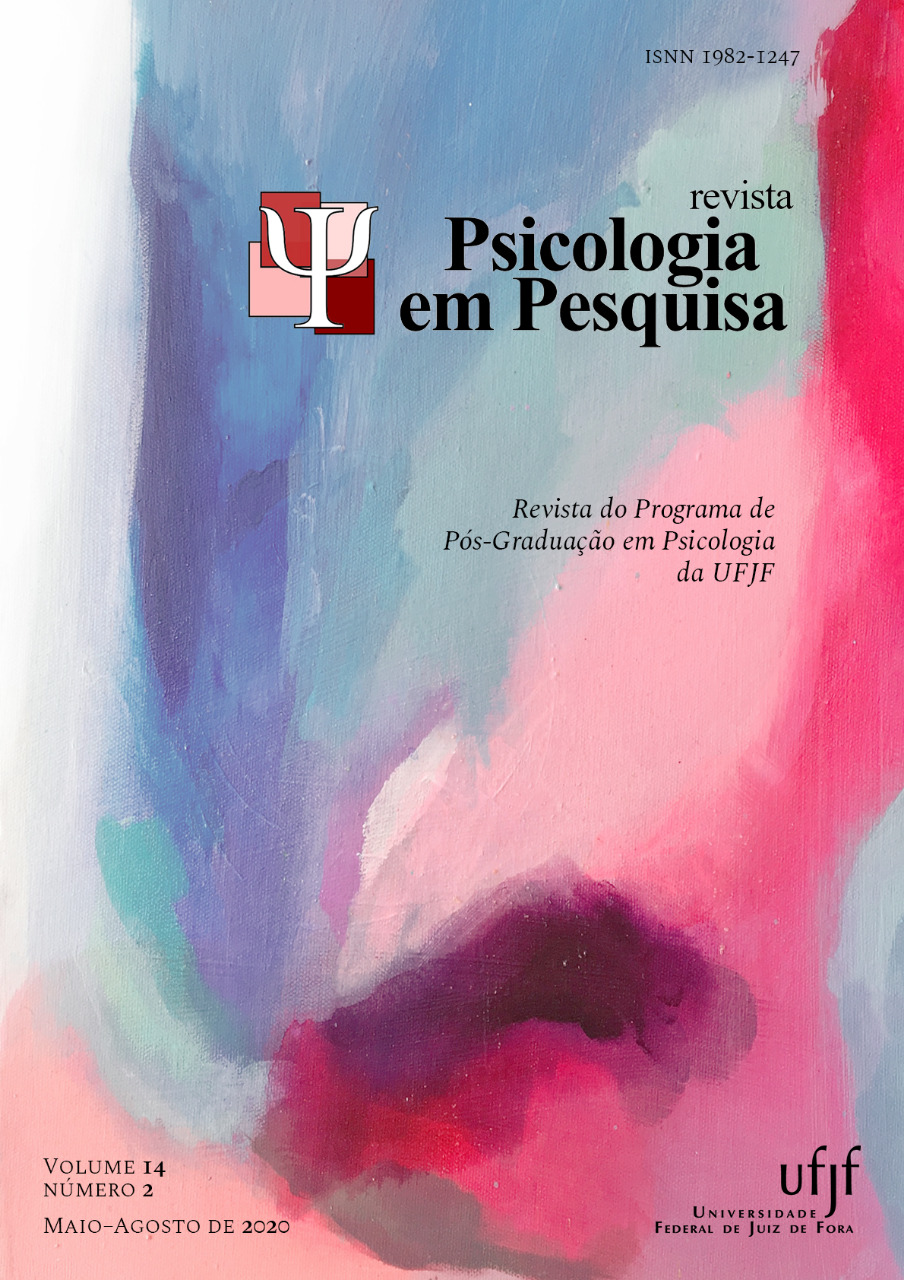Estratégias utilizadas por alunos do 1º ano do Ensino Básico na transformação 2D/3D
DOI:
https://doi.org/10.34019/1982-1247.2020.v14.27595Palavras-chave:
Estruturação espacial, Relação 2D/3D, Rotações mentais, Primeiros anosResumo
Neste artigo, temos como objetivo compreender que relações entre componentes, compostos e o todo, os alunos do 1º ano do Ensino Básico utilizam para transformar representações bidimensionais em construções tridimensionais. Focamo-nos na análise das estratégias de dois alunos, utilizadas numa tarefa envolvendo a relação dinâmica 2D/3D. Os dados foram recolhidos durante a primeira sequência de tarefas do ciclo 1 de uma investigação em curso baseada em design. Os resultados mostram que os alunos relacionam as partes, os quadrados e o todo, a caixa, utilizando movimentos mentais, para transformar construções bidimensionais em tridimensionais. As discussões coletivas parecem contribuir para a construção colaborativa do conhecimento matemático e para a passagem de representações com modelos físicos para modelos mentais.
Downloads
Referências
Battista, M. T. (2008). Development of the shape makers’ geometry microworld. In G. W. Blume, M. K. Heid (Eds.), Research on technology and the teaching and learning of mathematics: Cases and perspectives (vol. 2, pp. 131–56). Charlotte: Information Age.
Battista, M.T. & Clements, D. (1996). Students’ understanding of three-dimensional rectangular arrays of cubes. Journal for Research in Mathematics Education, 27(3) 258–292.
Bruce, C.D. & Hawes, Z. (2015). The role of 2D and 3D mental rotation in mathematics for young children: what is it? Why does it matter? And what can we do about it? ZDM, 47(3), 331–343. doi: 10.1007/s11858-014-0637-4
Gravemeijer, K., & Cobb, P. (2006). Design research from the learning design perspective. In T. Plomp, & N. Nieveen (Edits.), Educational design research (pp. 72–113). Enschede, The Netherlands: Netherlands Institute for Curriculum Development (SLO).
Hallowell, D.A., Okamoto, Y., Romo, L.F., & La Joy, J. R. (2015). First-graders’ spatial-mathematical reasoning about plane and solid shapes and their representations. ZDM, 47(3), 363–375. doi: 10.1007/s11858-015-0664-9
Johnston-Wilder, S. & Mason, J. (Eds.). (2005) Developing Thinking in Geometry. London: The Open University.
National Council of Teachers of Mathematics (2007). Princípios e normas para a matemática escolar (2.ª ed.). Lisboa: Associação de Professores de Matemática (Obra original em inglês publicada em 2000).
Okamoto, Y, Kotsopoulos, D., McGarvey, L. & Hallowell, D. (2015). The development of spatial reasoning in young children. In Davis, B. (Ed.) Spatial reasoning in the early years: Principles, assertions, and speculations (pp. 15–28). New York: Routledge.
Venkat, H., Askew, M, Watson, A. & Mason, J. (2019). Architecture of mathematical structure, For the Learning of Mathematics, 39(1), 13–17.
Battista, M. (2007). The development of geometric and spatial thinking. In F. Lester (Ed), Second handbook of research on mathematics teaching and learning (pp. 843–909). Reston, VA: NCTM.
Battista, M. T. (2008). Development of the shape makers’ geometry microworld. In G. W. Blume, M. K. Heid (Eds.), Research on technology and the teaching and learning of mathematics: Cases and perspectives (vol. 2, pp. 131–56). Charlotte: Information Age.
Battista, M.T. & Clements, D. (1996). Students’ understanding of three-dimensional rectangular arrays of cubes. Journal for Research in Mathematics Education, 27(3) 258–292.
Bruce, C.D. & Hawes, Z. (2015). The role of 2D and 3D mental rotation in mathematics for young children: what is it? Why does it matter? And what can we do about it? ZDM, 47(3), 331–343. doi: 10.1007/s11858-014-0637-4
Gravemeijer, K., & Cobb, P. (2006). Design research from the learning design perspective. In T. Plomp, & N. Nieveen (Edits.), Educational design research (pp. 72–113). Enschede, The Netherlands: Netherlands Institute for Curriculum Development (SLO).
Hallowell, D.A., Okamoto, Y., Romo, L.F., & La Joy, J. R. (2015). First-graders’ spatial-mathematical reasoning about plane and solid shapes and their representations. ZDM, 47(3), 363–375. doi: 10.1007/s11858-015-0664-9
Johnston-Wilder, S. & Mason, J. (Eds.). (2005) Developing Thinking in Geometry. London: The Open University.
National Council of Teachers of Mathematics (2007). Princípios e normas para a matemática escolar (2.ª ed.). Lisboa: Associação de Professores de Matemática (Obra original em inglês publicada em 2000).
Okamoto, Y, Kotsopoulos, D., McGarvey, L. & Hallowell, D. (2015). The development of spatial reasoning in young children. In Davis, B. (Ed.) Spatial reasoning in the early years: Principles, assertions, and speculations (pp. 15–28). New York: Routledge.
Venkat, H., Askew, M, Watson, A. & Mason, J. (2019). Architecture of mathematical structure, For the Learning of Mathematics, 39(1), 13–17.















